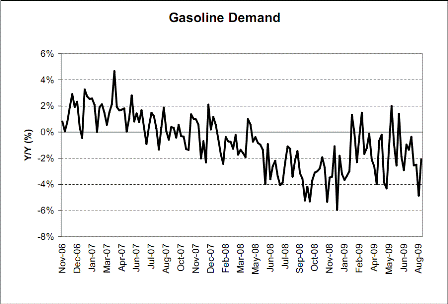Just in case you thought he knew how the monetary system works.
The nonsense about the penalty for deficit spending being anything but possible inflation makes him part of the problem:
“There are risks associated with exit strategies from the massive monetary and fiscal easing,†Roubini wrote. “Policy makers are damned if they do and damned if they don’t.â€
Government and central bank officials may undermine the recovery and tip their economies back into “stagdeflation†if they raise taxes, cut spending
Yes, that would reduce demand and is a deflationary bias.
and mop up excess liquidity in their systems to reduce fiscal deficits,
Huh???
Roubini says. He defines “stagdeflation†as recession and deflation.
Market Vigilantes
Those who maintain large budget deficits will be punished by bond market vigilantes, as inflationary expectations and yields on long-term government bonds rise and borrowing costs climb sharply, he wrote. That will in turn lead to stagflation, Roubini said.
Mainstream economics is a disgrace
[top]


